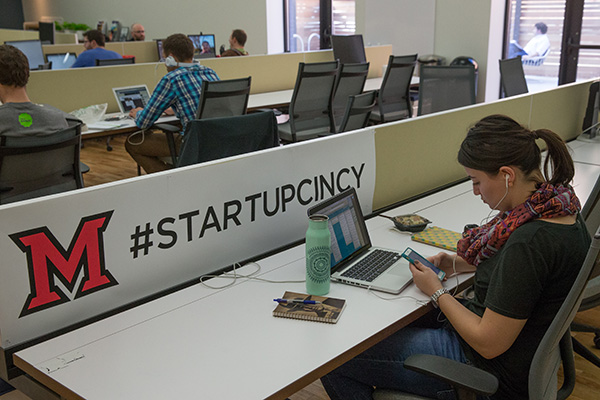
Resources for Publicly Engaged Teaching and Scholarship


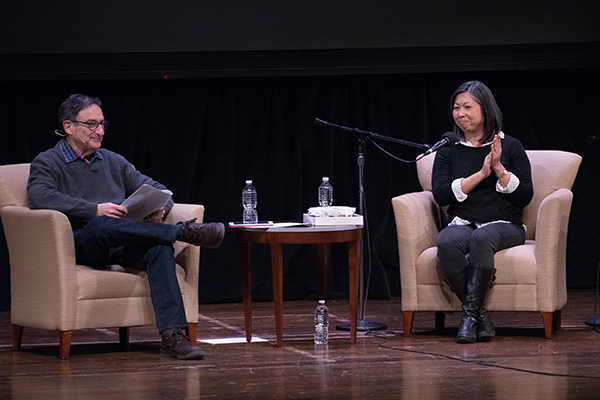
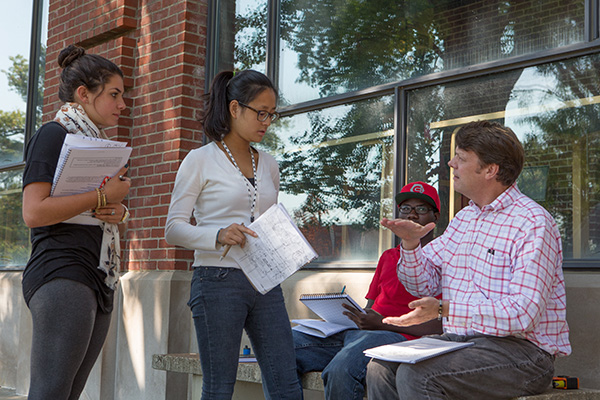
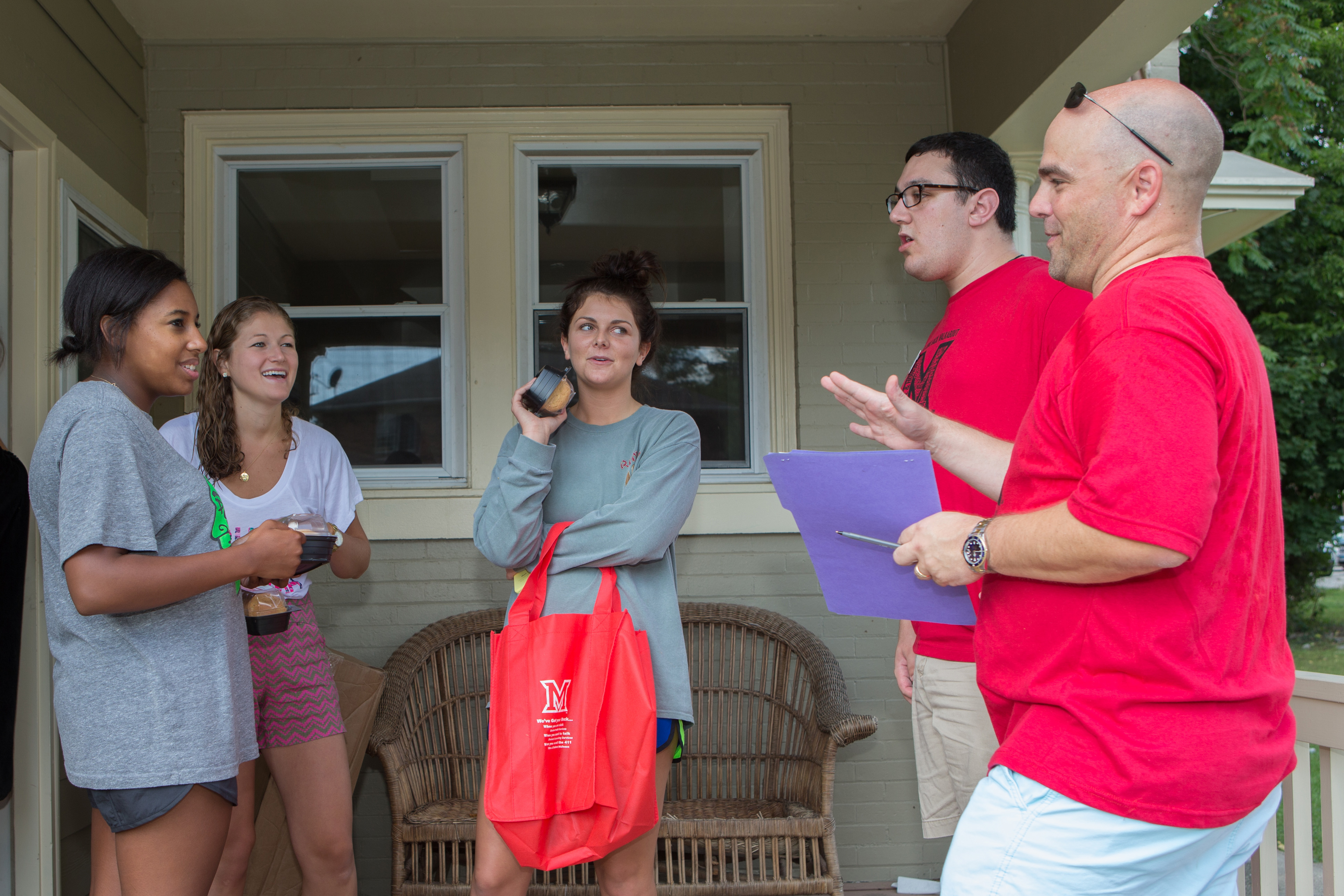
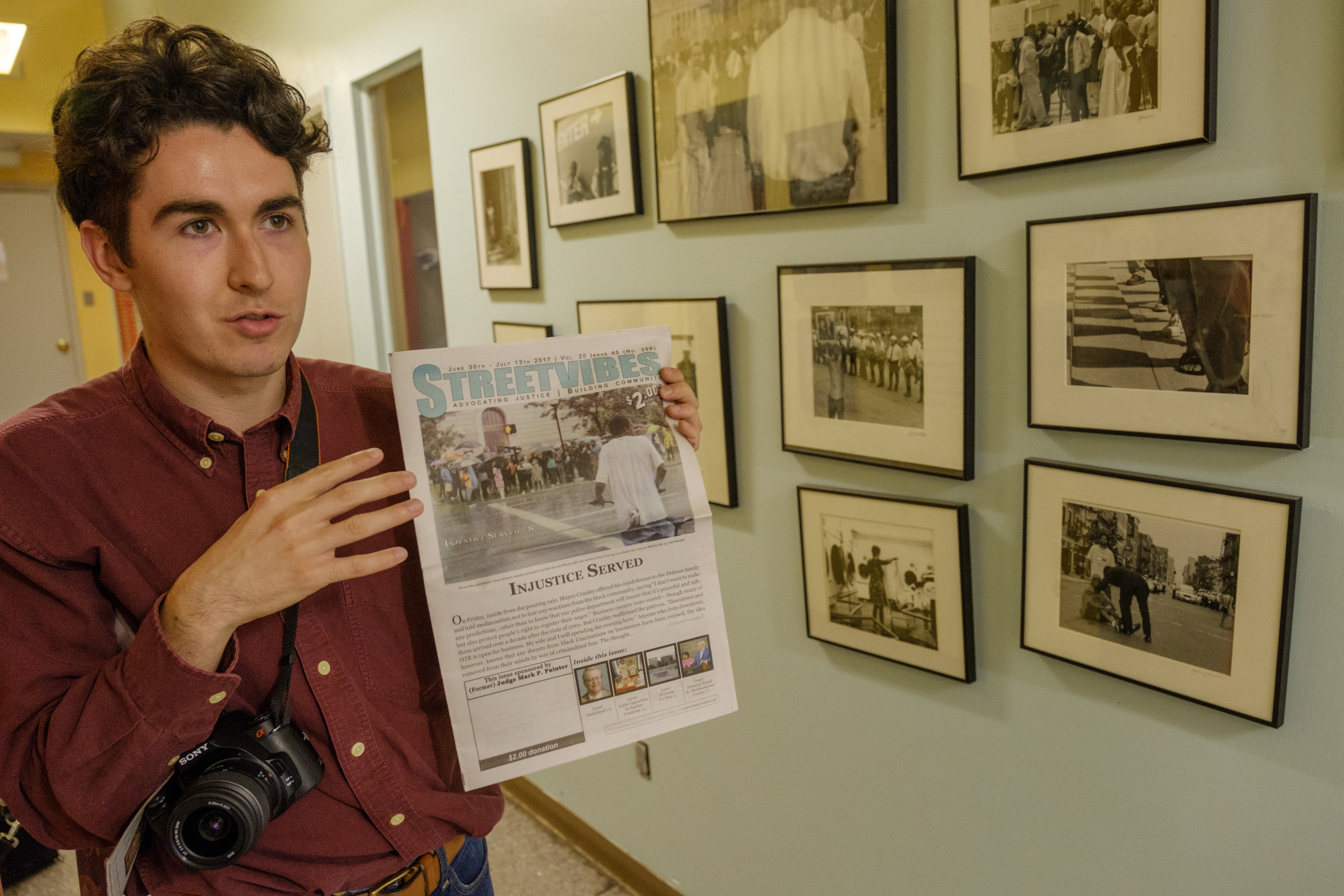
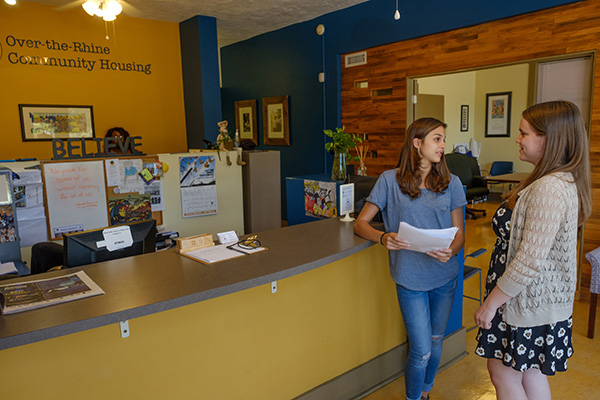
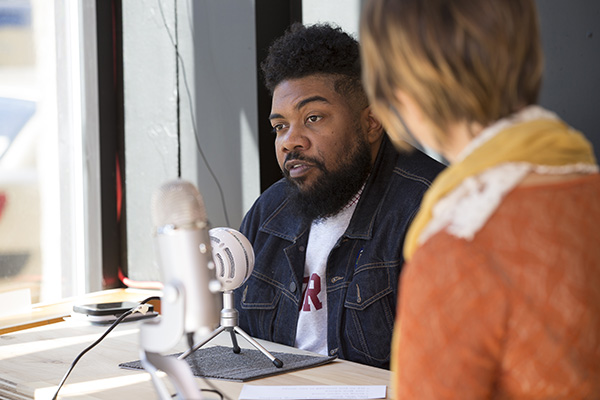

In 2017-2018 a Faculty Learning Community co-facilitated by Kathleen Knight-Abowitz and C. Lee Harrington gathered faculty from across Miami to explore ways to make publicly engaged scholarship and teaching more widely understood and practiced at Miami University. One of the FLC's year-long projects was to explore "best practices" in publicly engaged research and teaching. The below encapsulates the FLC's main findings.
Introduction: Purpose/Rationale/Definitions
Purpose: Provide a resource for individuals interested in publicly engaged teaching and scholarship.
Rationale: Universities do not typically teach how to effectively engage in public teaching and scholarship.
Definitions:
- Publicly engaged teaching and scholarship
- Publicly engaged teaching and scholarship is “defined by the collaboration between academics and individuals outside the academy ... for the mutually beneficial exchange of knowledge and resources in a context of partnership and reciprocity” (New England Resource Center for Higher Education, n.d.).
- “Publicly engaged academic work is scholarly or creative activity integral to a faculty member’s academic area. It encompasses different forms of making knowledge about, for, and with diverse publics and communities. Through a coherent, purposeful sequence of activities, it contributes to the public good and yields artifacts of public and intellectual value” (Eatman, 2012, p. 29).
- Social Media - “Social media are web-based communication tools that enable people to interact with each other by both sharing and consuming information” (Nations, 2018).
- Activism - “A scholar-activist begins with a set of testable assumptions, subjects these to rigorous research, and once in possession of research findings seeks to translate those findings into action” (Goldrick-Rab, 2014).
Best Practices: Identifying and Connecting to Multiple Audiences
- Cultivate an online identity that includes having an online presence and actively managing that presence (Veletsianos, 2015, p. 37).
- Your personal website (faculty member webpage) should feature your blog, Twitter feed, teaching/research, scholarly artifacts (e.g. syllabi, publications), links to topics of interest (e.g., professional associations), etc. (Veletsianos, 2015, p. 35). You might also include links to video trailers or podcasts that describe and promote academic artifacts (e.g. books etc.) (Veletsianos, 2015, p. 38).
- Attending a conference? Consider live-blogging or live-tweeting it and/or authoring and participating in the collaborative creation of conference-related documents (Veletsianos, 2015, p. 37).
- Interested in public feedback on your teaching? Consider live-streaming or posting links to videos of your lectures. You might also open your course to people not formally enrolled at Miami University (Veletsianos, 2015, p. 37).
- Actively disseminate your research and teaching interests (Veletsianos, 2015, p. 38) through Academia.edu and ResearchGate.net. Be mindful that you will need to actively maintain your presence on those sites.
- Be mindful up-front about whether you want to engage in homophily—speaking to the choir and/or echo chamber—or instead aim for a diverse public audience (Veletsianos, 2015, p. 59).
- Consider joining citizen science platforms such as Cochrane Crowd, Zooniverse.org, or Sci Starter (https://scistarter.com/citizenscience.html).
- Don’t overlook the reality that knowledge is socially generated (Eatman, 2012, p. 26).
- Use non-academic language when possible to connect to a broader audience. Expert advice isn’t always something that translates effectively into application for practitioners (theory/practice divide) (Eatman, 2012, p. 26).
Best Practices: Social Media
- Learn the norms and structures of various social media platforms….and know that they differ from one another (Veletsianos, 2015, p. 39).
- Develop policies up-front regarding who you will and will not engage with on social media surrounding your professional practices – current students? Former students? Family? (Veletsianos, 2015, p. 49). Intentionally establish and maintain professional and personal boundaries (Veletsianos, 2015, p. 61).
- Miami University’s Social Media Best Practices suggest that employees keep their personal and professional accounts separate, though there are scholars with success at combining both (Claire Wagner, MU Director of University News & Communication); see https://www.miamioh.edu/ucm/social-media/guidelines-procedures/best-practices/index.html
- Basic writing-for-a-general-audience best practices:
- No jargon;
- Be concise;
- Clearly convey the public interest/general application in this work;
- Use relevant, attention-grabbing photos that convey your post’s main message go a long way in drawing an audience (Claire Wagner, MU Director of University News & Communication).
- Decide what your goals are for being on social media and how you are going to “show up” on social media. Will you be who you are everywhere, or will you compartmentalize and reserve some social media for your personal life and other social media for your professional life? (from Publicly Engaged Teaching and Scholarship FLC presentations by MU Professors Rosemary Pennington and Andrew Saultz).
- Be genuine and be human, whatever you decide about your goals for social media use (from FLC presentations by MU Professors Rosemary Pennington and Andrew Saultz).
- Don’t be afraid to share your expertise, but keep it short and sweet. Social media is not a journal article. Use the fewest and most powerful words. Hyperlinks are your friends (from FLC presentations by MU Professors Rosemary Pennington and Andrew Saultz)
- As an expert on a topic you can provide more context and depth of conversation on social media (from FLC presentations by MU Professors Rosemary Pennington and Andrew Saultz).
- Interact with existing hashtags (#) that support your public engagement and scholarly goals, such as supporting the work of other scholars with #ScholarSunday or demystifying the writing process with #shutupandwrite (from FLC presentations by MU Professors Rosemary Pennington and Andrew Saultz).
- Follow scholars doing interesting things on Twitter and watch how people you trust use Twitter (from FLC presentations by MU Professors Rosemary Pennington and Andrew Saultz).
- Look into TweetDeck to manage tweets. For example, MU Professor Rosemary Pennington scheduled 8 posts/day between 9-4 (1 per hour).
- You can control who is in and who is out (block people), but you should consider being consistent about the reasons for making these decisions, as this, too, will be part of your professional social media persona (from FLC presentations by MU Professors Rosemary Pennington and Andrew Saultz).
- Be mindful that once something exists on the internet it can be used or co-opted (from FLC presentations by MU Professors Rosemary Pennington and Andrew Saultz).
Best Practices: Academic Advocacy/Activism
- Civic engagement movement in higher education more recently has transitioned from pedagogically centered models that stress service-learning, course-based work, and student placements to more integrative work, stressing the value of academic public work folding together research, scholarship, teaching, community, and public engagement in the broadest sense (Eatman, 2012, p. 36).
- Social movements can be bridges to knowledge; academic fields that emerged through social movements bring a “mix of research, critique, policy-making, theorizing, public debate, formation of new public spheres, and local organization building” (Ellison & Eatman, 2008, p. 20) [referencing African-American Studies, Women’s Studies, Disability Studies, Gay and Lesbian Studies].
- It is important to note thought leaders from communities within higher education who have been silenced in the discourse of PES (Eatman, 2012, p. 44).
- Identifying and understanding how the issue scholars are interested in plays out in the public imagination helps with gaining traction in the public sphere. How scholars are interested in a topic may be quite different than how members of the public thinks and associates with that topic. Referencing and expanding upon the issue in the public mind and then infusing this conversation with the scholarly point of view is one effective way to garner an empathic connection with the audience.
- Identifying needs in the local and regional community is a good way to know the areas of engagement that would be an efficient use of the limited time a scholar may have.
Best Practices: Being Interviewed
- Follow the “5 C’s” of public communication – keep your message clear, concise, correct (factually + grammatically), considerate, and customer-oriented (know your audience) (Claire Wagner, MU Director of University News & Communication).
- If you are being interviewed, do not ignore the reporter’s question even if it is off-point; instead, address it briefly, then pivot to make your own point (Claire Wagner, MU Director of University News & Communication).
- If you are being interviewed, pause before answering to collect your thoughts (Claire Wagner, MU Director of University News & Communication).
- If you are being interviewed, try to answer in complete sentences and emphasize the positive (Claire Wagner, MU Director of University News & Communication).
- If you are being interviewed, do not say “no comment,” as it implies that you are hiding something. If you cannot comment, say, “I’m unable to comment” (Claire Wagner, MU Director of University News & Communication).
- Do not refer to the university as an “institution” (that sounds cold). Instead, refer to it as “Miami” or “the university” (Claire Wagner, MU Director of University News & Communication).
Best Practices: Building Mutually Beneficial Partnerships
- Collaboration with community partners throughout the research process (data collection and analysis, dissemination of results, etc.) can improve the quality and relevance of research and increase probability of real-world application.
- Different individuals and organizations have different processes of initiating and cultivating collaborations as well as a diversity of ways to decide on course of action. Recognizing and moving forward with the idea that in a collaboration, people and organizations have different strengths and priorities help to foster a mutually beneficial collaboration (Williams, 2010).
- While collaborative efforts are intended to minimize conflict and increase cooperation, conflicts inevitably arise over limited resources, agenda setting, and power structures. Seeing conflicts as a way to refine collaborations, identify areas of mutual overlap, and build further actions on these mutual overlaps can help a collaboration succeed (Williams, 2010).
- Mutual trust between collaborators gradually builds over small tasks that lead up to the major focus of the collaborations. These small tasks can convey to the partners the investment one makes in the collaboration (Williams, 2010).
- Investment of time and efforts in a collaboration carries inherent risks for each of the partners. Recognizing that each member’s risks and concerns are different, given their affiliations, helps with agenda setting, trust-building, and conflict resolutions (Williams, 2010).
- Identifying collaborators can start by identifying colleagues with similar interests with whom one has a professional association and a relationship of trust. This initial collaboration works as a platform for seeking outside partners from the community and other units (McWilliams, 2016).
- Pursuing ambitious goals for community engaged leadership multi-partner collaborations, while time-consuming to build and maintain, can offer a well-defined agenda appealing to a broad audience and can be a buffer from potential blowback from the public or the institutional administration.
- When building partnerships for a project, building networks and a team of people of similar skills may be appropriate, or people with diverse skills and interest may be useful, depending on the scope and nature of the project.
- Embrace an asset-based perspective by recognizing the wealth of knowledge and resources that exist in communities.
Institutional Opportunities
- Knowledge creation does not always have to follow traditional paths—project-based models and praxis or action research rather than basic research and traditional tech-transfer models are valued as scholarship (Eatman, 2012, p. 29).
- Universities look for faculty to be “entrepreneurial’, which can include collaborations with the community.
- Opportunities to engage with marketing classes in a Business School for entrepreneurial projects.
- Engaged scholarship allows students to apply knowledge gained in the classroom.
Institutional Challenges
- Know the expectations and policies of your Department, Division, and University. Be mindful about the potential ramifications of call-out culture and e-bile such as gender-based vitriol – “social media can get scholars fired, but not hired” (Veletsianos, 2015, p. 55).
- Entrepreneurial efforts begun by faculty may be supported with grant start-up funds, but these efforts may need to be revenue neutral within a certain time frame.
- Liability, trademark, and branding concerns from the corporate side of the University will need to be discussed early and often.
- Faculty may receive mixed messages. For example, the engaged curriculum may be supported, but there are no supports in place to assist faculty with the time and effort needed to interact with the corporate side of the university.
- Community members may feel the university is competing with the local community vendors, depending upon the project.
- Measures need to be developed in order to collect data needed to support experiential learning. For example, think about what students are learning, what skills and competencies they are using, and what traditional knowledge the students need to have to problem solve.
How to Use Existing Miami University News Tools
To submit a news story to Miami's News & Public Information Office, go to http://miamioh.edu/news/article/submit and fill out the requesed information.
- This is a primary tool we can use to publicize what we are doing;
- This can be used to get coverage on upcoming events, as well as stories of interest to the broader community;
- Along with a few clear points about why what we are doing is of broad interest, we are encouraged to submit photos that can meaningfully communicate this importance;
- After we submit our story idea, a UNC staff member will follow up with us if it is of interest;
- There is a link to the News page from MU’s home page.
Experts List: We can submit our information for placement on the Experts List by emailing Claire Wagner. Ideally this list is used as a point of reference that non-university news and other organizations can use when they are looking for expert commentary on a subject. See also http://miamioh.edu/news/
References
Eatman, T. K. (2012). The arc of the academic year bends toward publicly engaged scholarship. In A. Gilvin, G. M. Roberts, & C. Martin (Eds.), Collaborative futures: Critical reflections on publicly active graduate education. The Graduate School Press of Syracuse University, 25-48.
Ellison, J., & Eatman, T. K. (2008). Scholarship in public: Knowledge creation and tenure policy in the engaged university. Imagining America. Retrieved from http://imaginingamerica.org/wp-content/uploads/2015/07/ScholarshipinPublicKnowledge.pdf
Goldrick-Rab, S. (2014, December 4). On scholarly activism. Contexts. Retrieved from https://contexts.org/blog/on-scholarly-activism
McWilliams, A. (2016, November 2). Tips for building an effective network. Huffington Post. Retrieved from https://www.huffingtonpost.com/entry/tips-for-building-an-effective-network_us_5818eeb6e4b0922c570bd32f
Nations, D. (2018, March 19). What is social media? Lifewire. Retrieved from https://www.lifewire.com/what-is-social-media-explaining-the-big-trend-3486616
The New England Resource Center for Higher Education at U Mass. Boston, MA: Author. Retrieved from http://www.nerche.org/index.php?option=com_content&view=article&id=265&catid=28&Itemid=87
Veletsianos, G. (2016). Social media in academia: Networked scholars. New York: Routledge.
Williams, R. L. (2010). Leadership and the dynamics of collaboration. In B. W. Redekop (Ed.), Leadership for environmental sustainability (pp. 67-92). New York: Routledge.

